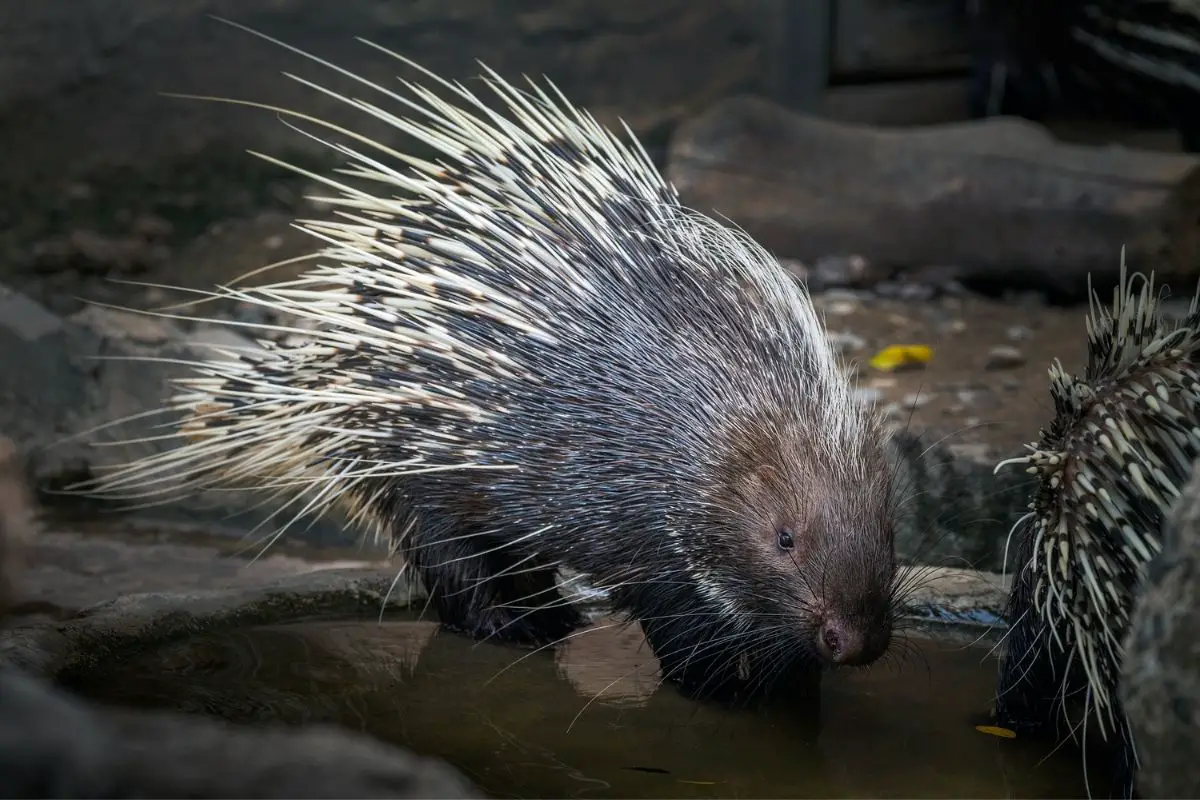Porcupines float in the water

Porcupines: Surprisingly Good Swimmers and Floaters
 Image source: Nature Nibble
Image source: Nature Nibble
When we imagine animals that are skilled in swimming and floating, porcupines are not the first creatures that come to mind. However, these prickly rodents have a surprising ability to stay afloat in water. They are equipped with unique adaptations that allow them to glide effortlessly on the water’s surface.
 Image source: LifePoints
Image source: LifePoints
Porcupines owe their floating talents to their quills, which play a crucial role in their buoyancy. These quills, made of keratin, have a hollow structure that traps air inside. The air-filled pockets not only provide insulation but also increase the porcupine’s buoyancy. This fascinating adaptation allows them to effortlessly stay afloat on water surfaces without expending much energy.
The quills of a porcupine are not uniformly distributed across its body. They are particularly dense on its back, giving it the appearance of a miniature spiky raft. When a porcupine enters the water, its hollow quills fill with air, adding to its buoyancy. The combination of the quills and trapped air allows the porcupine to effortlessly float on the water’s surface, almost like a natural flotation device.
As a result of their innate ability to float, porcupines can navigate through areas that are flooded or swim across bodies of water in search of food or safety. While they may not be the most graceful swimmers, their buoyancy keeps them from sinking. This survival strategy comes in handy during times of flooding or when porcupines need to traverse water bodies to find new habitats.
It is worth noting that the buoyant nature of porcupines’ quills had practical applications in the past. Long ago, fishermen would attach bundles of quills to their fishing nets as floats. These floats provided buoyancy and kept the nets afloat, making it easier for fishermen to locate and retrieve their nets from the water.
In conclusion, contrary to popular belief, porcupines are surprisingly adept at floating in water due to their unique quill structure. Their hollow quills, filled with air, enable them to defy gravity and remain buoyant on the water’s surface. This incredible adaptation allows porcupines to navigate flooded areas and swim across bodies of water when necessary. Additionally, their quills have been historically utilized by fishermen as floats. So, next time you encounter a porcupine near water, remember their remarkable ability to stay afloat in even the most challenging aquatic conditions.
Source: How It Works Daily
Related Posts
Quick Links
Legal Stuff

